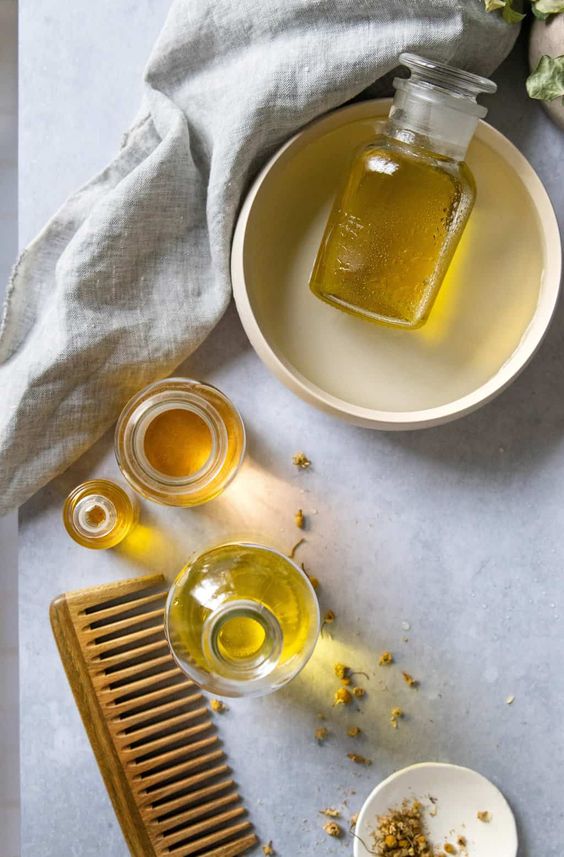When I first heard the term “in-shower lotion,” I was a bit puzzled—lotion for the shower? How does that even work? Simply put, in-shower lotion functions like a conditioner, but for your skin. You apply it while in the shower and rinse it off lightly. The steam from the shower helps lock in extra moisture, leaving your skin feeling deeply hydrated. It’s an excellent option for those who don’t like the sticky sensation of lotion before it absorbs. After using it, your skin will feel silky smooth and soft.
To use, step away from the direct water stream just before you finish your shower. Apply the lotion to your body and massage it in. Then, step back under the water and rinse lightly for just a few seconds. Afterward, gently pat yourself dry with a towel. A small amount of lotion will remain, leaving your skin feeling smooth. The Crisp Apple Rose Fragrance Oil leaves a delicate, floral scent that’s perfect for spring.
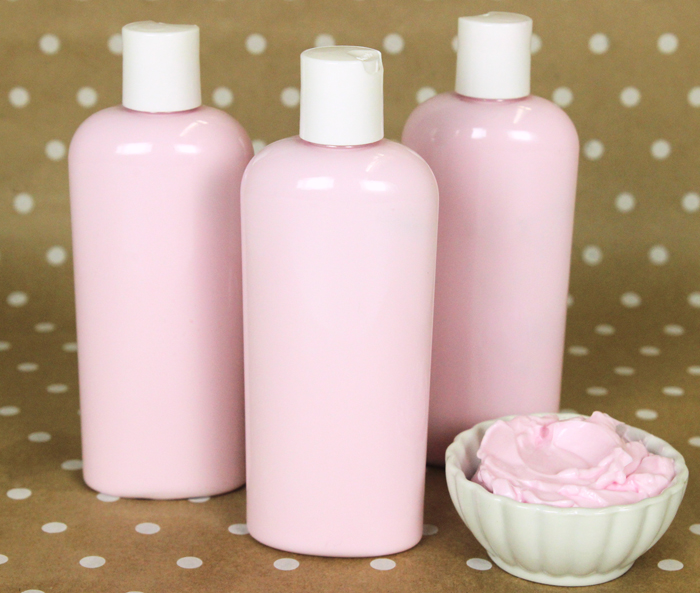
What You’ll Need:
16.5 oz. Aloe Vera Liquid
2.7 oz. Avocado Oil
.7 oz. Green Tea Seed Oil
1 oz. BTMS-50 Conditioning Emulsifier
.5 oz. Emulsifying Wax
.2 oz. Sodium Lactate
.9 oz. Glycerin Liquid
.2 oz. Vitamin E Oil
.4 oz. DL-Panthenol
.2 oz. Aloe Extract
.2 oz. Optiphen
9 mL Crisp Apple Rose Fragrance Oil
2 mL Fuchsia LabColor
8 oz. Bottle,White Disk Cap (3 bottles)
Optional: Droppers
EQUIPMENT PREP
Begin by disinfecting all your utensils. To do so, dip them in a 5% bleach water solution and allow them to dry completely. This includes mixing containers, your stick blender, and any spoons or spatulas that will come into contact with your lotion. Ensuring your equipment is free from germs, bacteria, and microbes is essential for safety, so it’s best to bleach water all your utensils.
ONE: In a heat-safe container, combine the avocado oil, green tea seed oil, BTMS-50, emulsifying wax, sodium lactate, glycerin, and vitamin E oil. Heat the mixture in the microwave in 1-minute bursts, stirring in between, until the waxes have fully melted. Once melted, set the mixture aside.
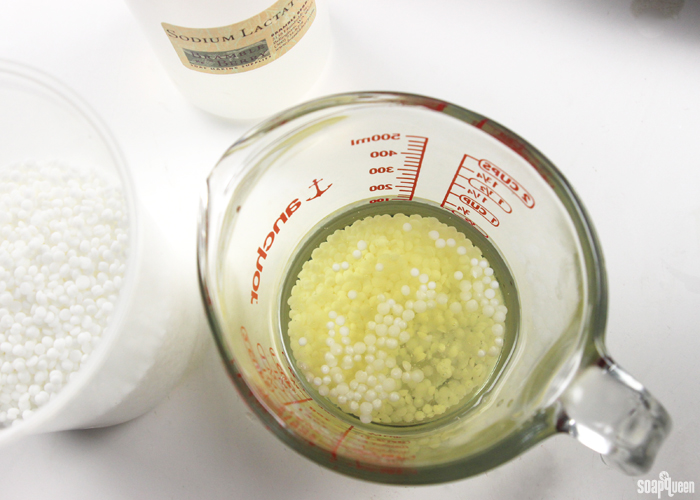
TWO: In a separate container, add the aloe vera liquid and heat it to 150°F. Once heated, add the DL-panthenol to the liquid and stir until it is fully dissolved.

THREE: Check the temperatures of both containers to ensure they are between 150°F and 160°F. Once they reach the correct temperatures, slowly pour the oil mixture into the aloe vera liquid while stirring continually. Use a stick blender to blend the mixture for 60 – 90 seconds, ensuring the oil and water phases are fully emulsified. Be sure to “burp” your stick blender by tapping it on the bottom of the container to release any trapped bubbles, as you don’t want bubbles in your lotion. Continue blending until the lotion cools to below 120°F.

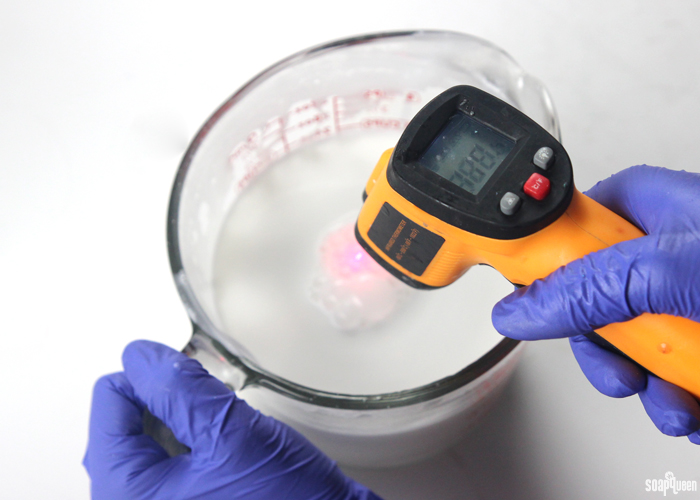
FOUR: Once the lotion has cooled to below 120°F, add the aloe extract and Optiphen preservative. Using the stick blender, mix for an additional 60-90 seconds until the ingredients are fully incorporated and the lotion has a smooth consistency.

FIVE: Add the Fuchsia LabColor to the mixture and use the stick blender to thoroughly combine. Be sure to dilute your LabColor before use. (Learn how to dilute LabColors here.) Continue blending until the color is evenly distributed throughout the lotion.

SIX: Add the Crisp Apple Rose Fragrance Oil to the mixture and use the stick blender to thoroughly combine. Blend until the fragrance is evenly incorporated into the lotion.

SEVEN: Once the lotion cools to below 110°F, pour it into bottles. Leave the bottles uncapped overnight to prevent condensation from forming inside.
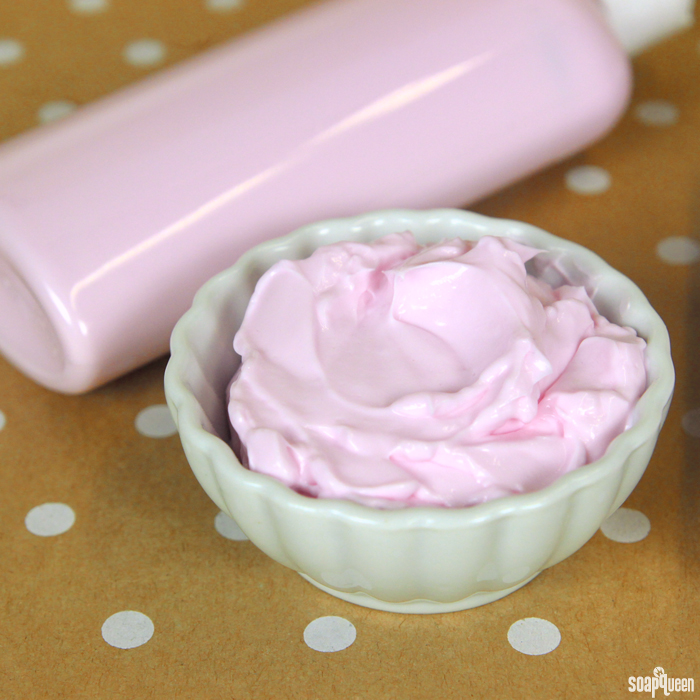
CONCLUSION
After the lotion has sat overnight, it’s ready for use! You’ll have a beautifully emulsified, hydrating lotion with a lovely fragrance and smooth texture. Be sure to store your lotion in a cool, dry place, and always keep your utensils clean to maintain the quality of your products. Enjoy the silky-soft results of your homemade lotion!


